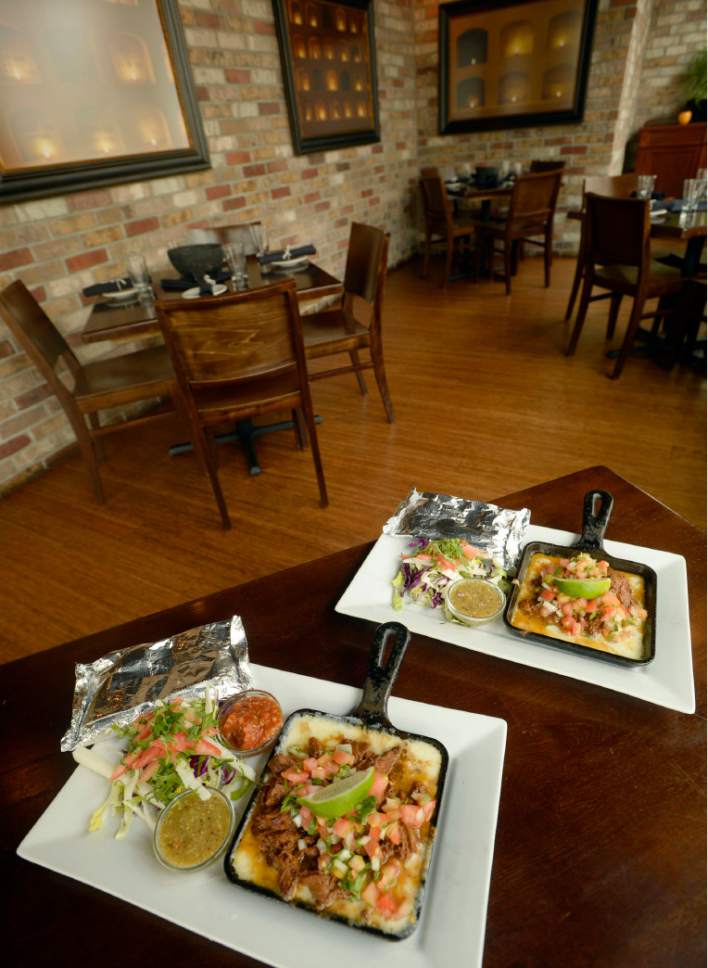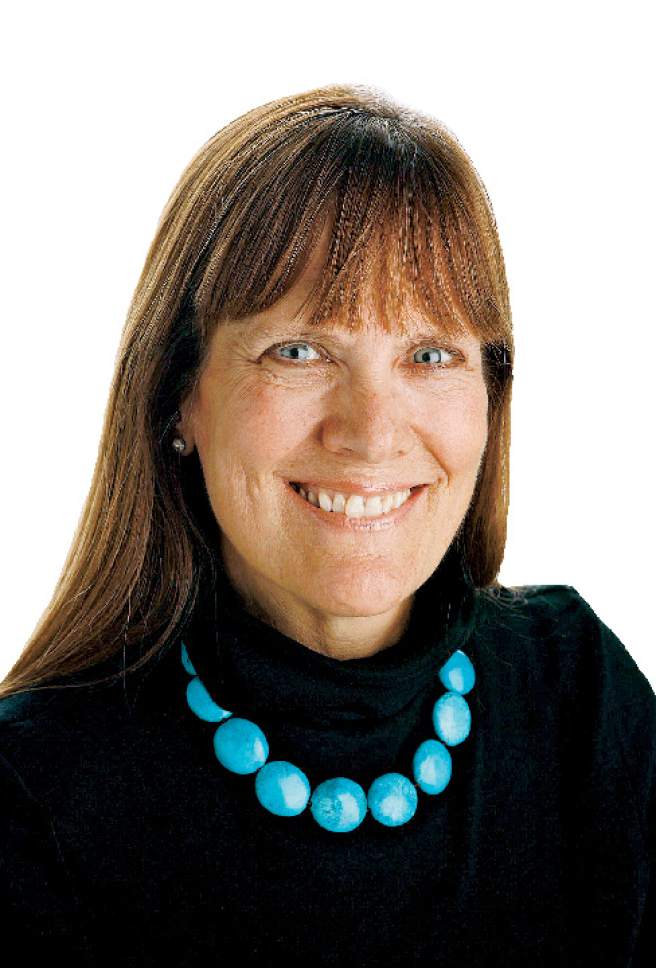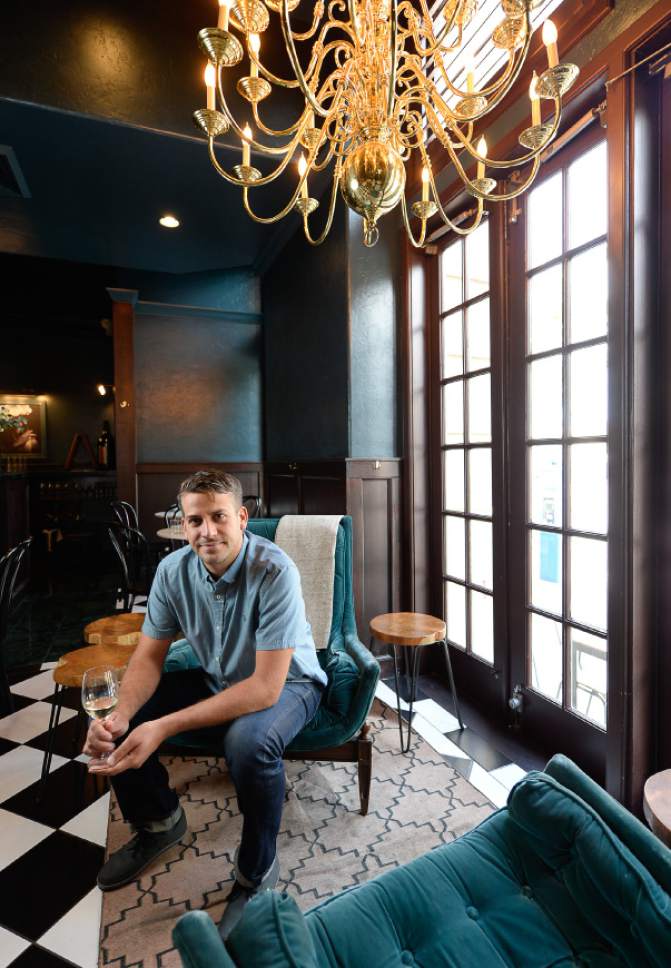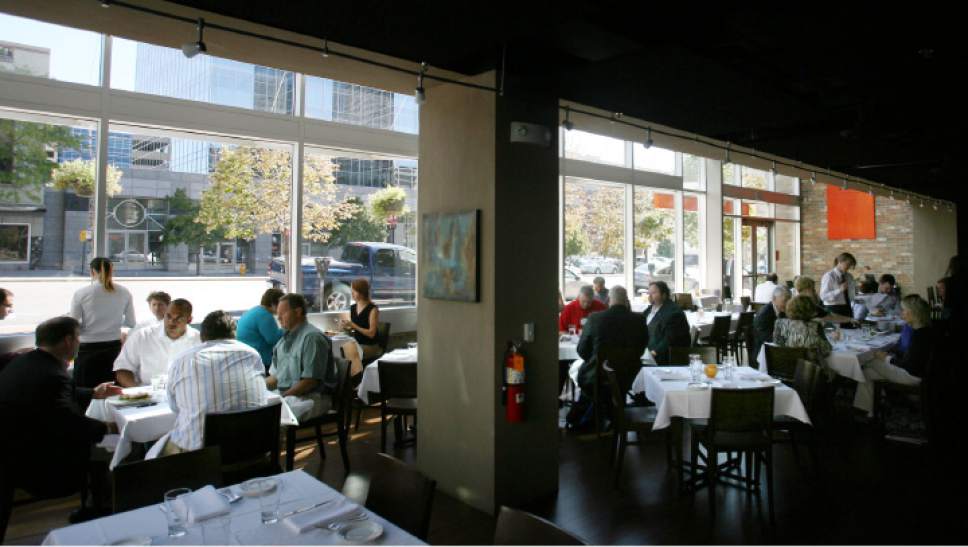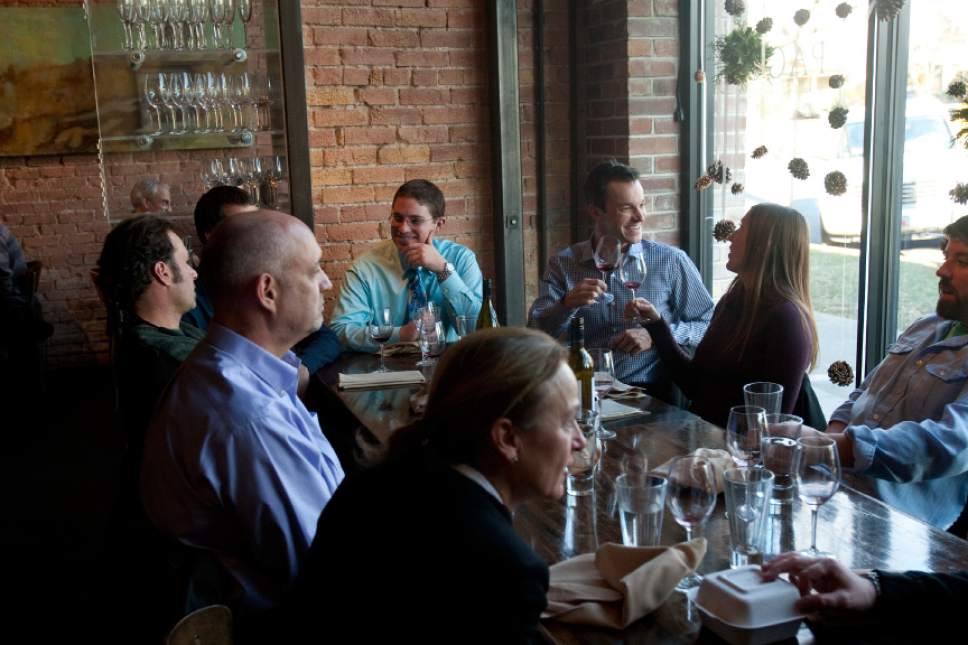This is an archived article that was published on sltrib.com in 2016, and information in the article may be outdated. It is provided only for personal research purposes and may not be reprinted.
Michael McHenry answers his cellphone, but the chief operating officer for Even Stevens Sandwiches only has a minute to talk. He is in Gilbert, Ariz., headed to the grand opening of the Utah company's eighth store in just two years.
He promises to call back later, though, to talk about the rapid success of Even Stevens and other casual eateries — a shift in the way Utahns dine, preferring relaxed and informal over stuffy and rigid.
"So many restaurants today are focused on the center of the plate and creating the best experience possible in the most affordable and convenient fashion," said McHenry. "It's different than our parents' generation."
The change is apparent in the fast-casual dining arena, where restaurants like Even Stevens, as well as Blue Lemon and Zao Asian Café, thrive. It's also evident among popular sit-down restaurants — think Salt Lake City's Pago, Copper Onion and Alamexo — which offer elevated food and service but a low-key atmosphere, where white tablecloths are nonexistent and cargo shorts and flip-flops are acceptable.
Does that mean fine dining is headed for extinction?
It's a question that restaurant owners around the country are asking and was the topic of a panel discussion last month during the Association of Food Journalists annual conference in Seattle.
"Fine dining has gotten smaller, but it's not dead," said Seattle restaurateur Mark Canlis, who participated in the discussion, along with award-winning chefs Tom Douglas, of Dahlia Lounge and Etta's; Holly Smith, of Café Juanita; and Thierry Rautureau, of Loulay.
Fine dining survives because people seek it out for birthdays, anniversaries and other special occasions, said the co-owner of Canlis, the landmark Seattle restaurant that has repeatedly been named one of the top restaurants in America.
About a fourth of the customers at Canlis dine on the company dime; "the rest are just normal people," he said. "They saved up for it and have talked about dining in our restaurant for years. Canlis and fine dining exist because of them."
But the meaning of fine dining has changed through the years. It still means a higher level of attention to the food, wine and service, but it can be served in a relaxed atmosphere, with tables made of reclaimed wood and served by waiters in denim pants and cotton T-shirts.
"The grand entrance and the red carpet, that's behind us," said Scott Evans, co-owner of the Pago Restaurant group in Salt Lake City.
Evans said a turning point came eight years ago when the economy crashed and restaurateurs needed to adapt — and cut out pricey linens and crystal — to survive.
Some of the country's top chefs, like Thomas Keller, founder of The French Laundry and Per Se, and Daniel Boulud, of Daniel, opened casual bistros and cafés that were more moderately priced versions of their fine-dining restaurants. They discovered there were profits to be made at the casual end of the dining spectrum.
"Before that, fine dining was funded by corporate spending and unlimited credit cards, people entertaining or doing business," said Evans. "Once that went away, there were fewer white-linen restaurants."
Even before that, Evans said fine-dining establishments knew they needed to become "more interesting to more people." Traditional fine-dining restaurants, which skewed to an older crowd, were not attracting younger diners. Twenty- and 30-somethings "craved the food, but didn't want to pay for the rest of the show."
The change has made fine dining more inclusive, he said. "You don't have to be the head of a company to dine in a great restaurant."
While the world of fine dining is not dead, it certainly "has been redefined," he said.
Matthew Lake, the chef owner of Alamexo in Salt Lake City, experienced that dining evolution firsthand.
In 2011, after working in New York City, he opened Zy, a New American restaurant on State Street. At the time, he matched the prices of his food to his local contemporaries such as Pago, Copper Onion and Bambara. "Our food prices were the same or less and so were our wine prices."
But Zy's elegant interior with high ceilings and white tablecloths was deceiving. "People perceived that we were more expensive," he said, and many stayed away.
Two years later, Lake and his partner did a whirlwind makeover of the space, turning it into the upscale Alamexo Mexican restaurant. As part of the transformation, Lake took the advice of his general manager, who said to ditch the white tablecloths.
"She said I wouldn't have any customers if I kept them," he said. "I still wrestle with that, but I can't say that she was wrong."
The prices at Alamexo are the same or slightly higher than Zy, yet the business is thriving, Lake said. "The psychology is fascinating to me."
Lake said the move to casual dining parallels American society, which has become less formal.
He pointed, for example, to the clothes that people wear to the ballet or symphony. No longer do many people wear their Sunday best for the occasion. "For every person in nice casual wear, there are three people in cargo shorts and flip-flops," he said.
Dining has followed the same path.
"Restaurants are a reflection of society as a whole," he said, "and we have to play to the masses to survive."


